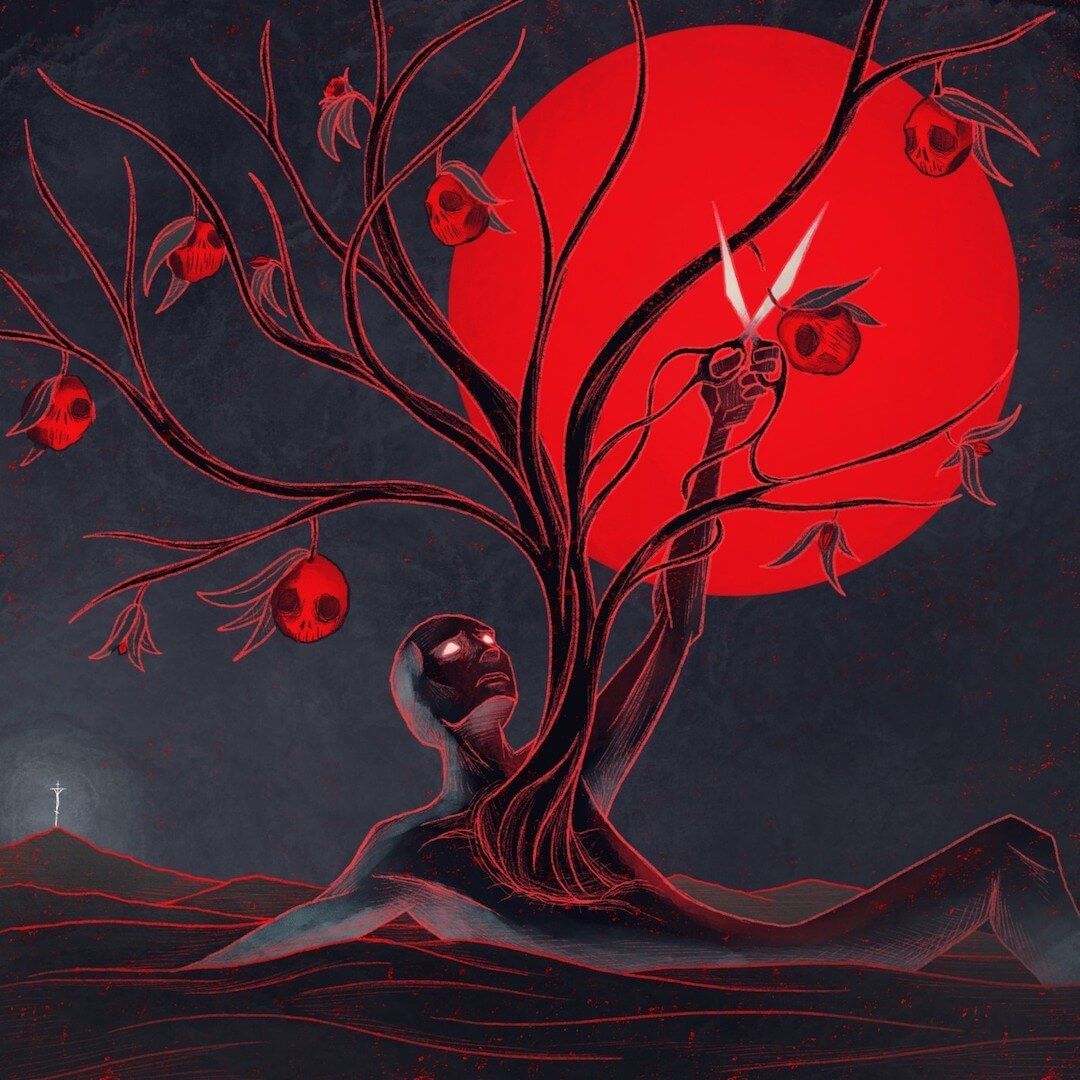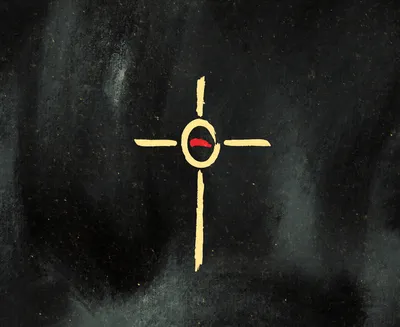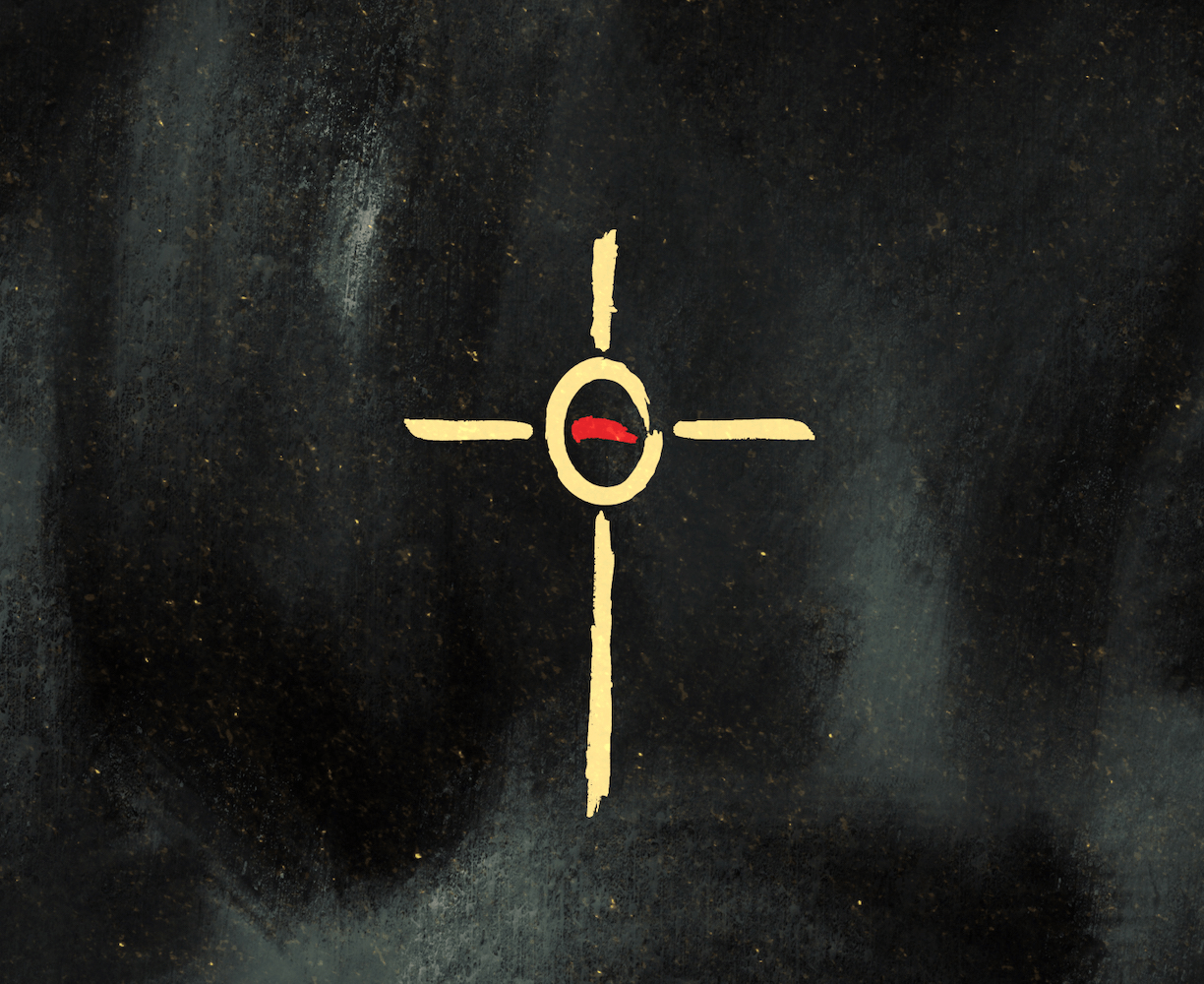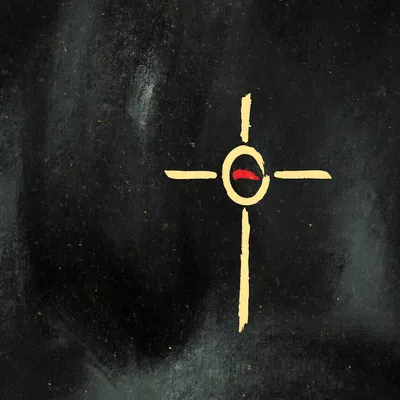
Col 2:23, ‘These have indeed an appearance of wisdom in promoting self-made religion and asceticism and severity to the body, but they are of no value in stopping the indulgence of the flesh.’
What is the ‘indulgence of the flesh’? Certainly, something like lust, illicit sexuality, drunkenness, and various forms of addiction come to mind. But that is not all Paul refers to here. Anger, bitterness, envy, desperately desiring something we do not have, self-protection at the cost of others, these too (and many others) grow out of our ‘flesh,’ that is to say, out of our nature as it is bent away from the character of God in Christ. It does not take long for a person—Christian or not—to realize that something is desperately broken in our ‘flesh,’ the question is, what can be done about it?
One of the most common answers is: rules. ‘Don’t do this,’ ‘Don’t touch that,’ ‘Don’t go there,’ etc. There’s nothing wrong with these, but they are not a ‘fix’ (like a tourniquet that stops the bleeding on a battlefield but doesn’t heal the underlying problem). Rules may prune a few poisoned fruits of the flesh from the tree of our God-opposing nature, but they will leave the root alive and thriving in our hearts . . . They may seem impressive, but they are ultimately powerless to address the toxic core of the matter: namely, that our hearts are enthralled by something other that God in Christ.
Paul ends ch. 2 on a low note, telling us that our best efforts are ‘of no value in stopping the indulgence of the flesh.’ What’s the answer then? How do we not merely prune the tree but strike at its very root, severing its vital power at the source? That is what we will consider in the second post of this two-part series. For now, note in this image that the man is attempting to cut away the ‘indulgences of the flesh’ in his own power. He is able to remove one fruit from the tree, but—since it remains rooted in his heart—more are growing all the time. See also that the shears of ‘self-made religion’ that he uses are themselves part of that tree. Finally, note that the cross of Christ—the Tree of Life—shines dimly in the distance, alluding to the answer we will consider in part 2.









































































